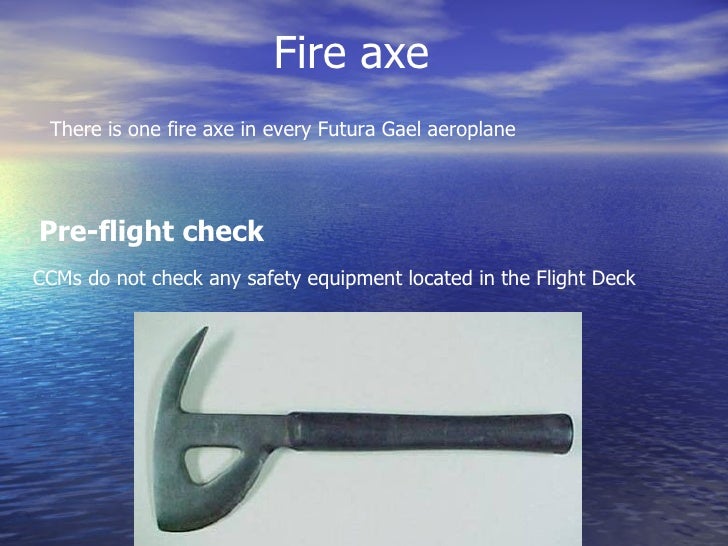As Woodcraft mentioned, these axes were carried on WW2 aircraft.
When I first leaned about them back in the 70s, they were almost always called "glider axes", allegedly designed to be used to by soldiers to chop their way out of the plywood gliders if the doors jammed on "crash-landing", which happened on a near constant basis during glider pilot training.
I have since seen many folks calling them "crash axes", "bomber axes" and "escape axes".
Some people have claimed that the axes were also carried by "mosquito pilots", "spitfire pilots", etc., but I have never seen a picture of any fighter plane, British or American, showing one of these axes in them. Obviously, I can't say they didn't have them with 100% confidence. I just haven't seen one in one or seen them listed on a list of "on-board equipment" for fighters.
I have seen 2 types, with one type have 3 styles of heads. I have several of these buried somewhere. I'll have to see about digging them out for pics.
One type is like the one in the OP, with a curved hook. These are sometimes referred to as D42 axes, one of the markings sometimes present in the molded/insulated handle.
A second type has a straight hook, rather than a curved hook. These do NOT have the cutout in the head. These sometimes have a D56 molded in the handle.
Some have speculated that the D42 and D56 represent the first year they were produced, although no one has ever shown any documentation to prove or disprove that hypothesis.
The D42 and D56 are still produced by Gemtor, who markets it as a "cockpit axe".
I have seen the D42 with 3 types of heads -
- the first, and most common is like that shown in the OP picture, with the cutout.
- a second type has flat sides, i.e., no cutout.
- the third type had indents on both sides of the head, mimicing a cutout, but the window is still solid.
Again, I have seen speculation that the cutout was for weight reduction, as every ounce counted when flying. No documentation to support this theory either.
If the axes were really for use on every fighter plane, there should have been thousands of them left over after the war, but they don't show up very often, mostly in the UK.
The D56s that I have/have seen, don't have a manufacturer's name on them. I have not paid the outrageous price Gemtor charges for modern version, so I don't know what if any marks are on them.
The D42s were made by 2 known companies, Elwell and Chillington, who stamped their names in the heads.
A 3rd company that used a Winged "A" for a logo either molded it into the handle (rare) or stamped it into the head (rarer).
A 4th D42 version has no marks at all.
Edit to add - the D56 has a serrated edge.









